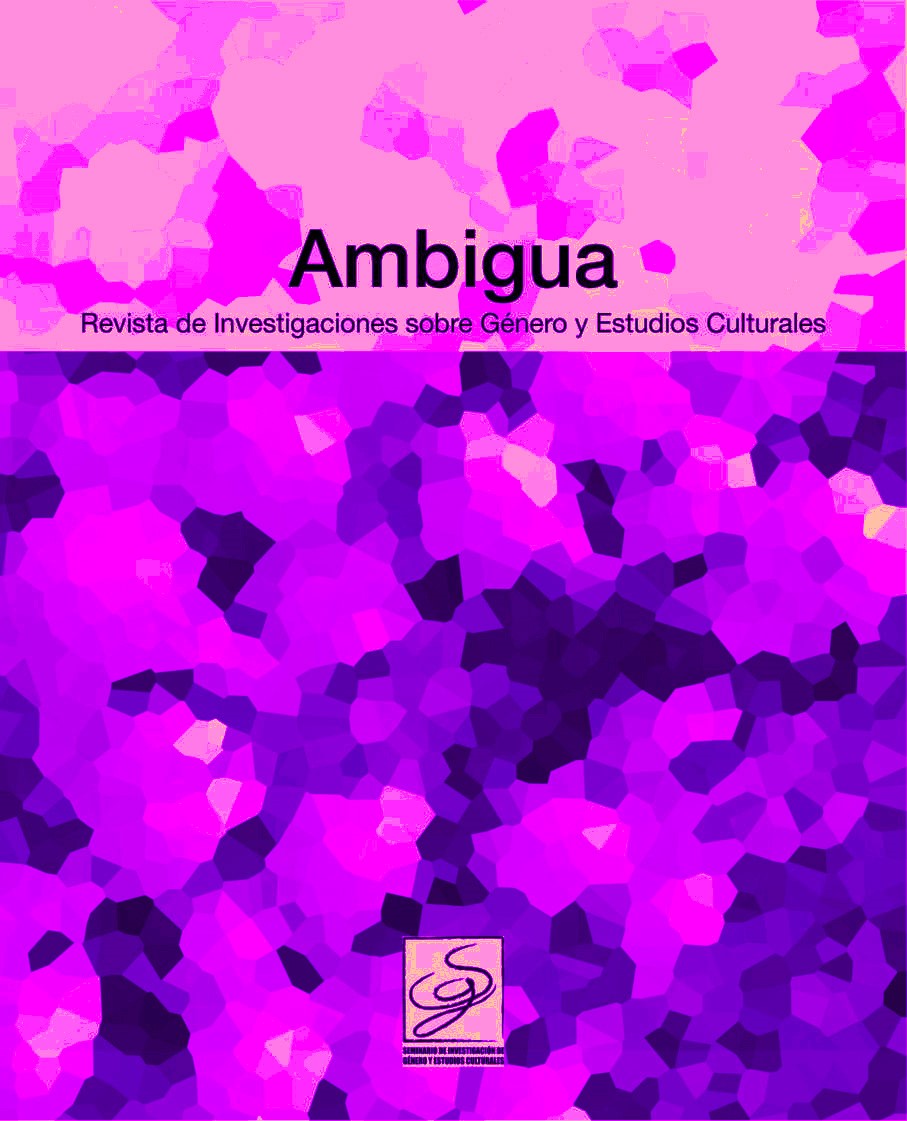Linguistic sexism and inclusive language in university education: theory and practice.
DOI:
https://doi.org/10.46661/ambigua.10649Keywords:
linguistic sexism, inclusive language, gender roles, learning environment, critical reflectionAbstract
Language is not only a means of communication, but also a powerful tool that shapes our perceptions and attitudes. Through language, gender roles and stereotypes are constructed and reinforced and that can limit people's personal and professional development. Since childhood, the expressions and terms we hear and use help shape our vision of the world and our place in it. For example, the use of masculine terms as universal generics (“man” to refer to humanity, “students” to refer to all students) excludes and devalues women and people of non-binary genders. This not only reflects, but also perpetuates the idea that the masculine gender is the norm and feminine and other gender identities are exceptions. Once sexist language patterns are identified, we will try and promote the use of inclusive language as a way to encourage equality, participation and critical reflection on language and gender. Inclusive language seeks to avoid expressions that perpetuate gender stereotypes and, instead, uses neutral terms or words that make all genders equally visible. The main objective of this work is to raise students' awareness about the existence and implications of linguistic sexism, and at the same time, propose and teach various strategies to combat it through the use of more inclusive language. It is important to develop students' critical reflection on these issues and create a more equitable learning environment.
Downloads
References
BENGOECHEA, Mercedes. "Razones de la lingüística feminista para abogar por un lenguaje inclusivo". En El lenguaje inclusivo: un debate en torno a su obligación, necesidad y posibilidades, dirigido por M. Bengochea. Simposio llevado a cabo por Centro de Estudios Políticos y Constitucionales en colaboración con Clásicas y Modernas, Madrid, 2019.
BOSQUE, Ignacio. "Sexismo lingüístico y visibilidad de la mujer". RAE, s.f., 2012. https://www.rae.es/sites/default/files/Sexismo_linguistico_y_visibilidad_de_la_mujer.pdf. Fecha de consulta 05/06/2024.
CASTILLO SÁNCHEZ, Silvia y Simona MAYO. "El lenguaje inclusivo como "norma" de empatía e identidad: reflexiones entre docentes y futures profesores". Literatura y Lingüística, n.º 40 (2019): 377-391. http://dx.doi.org/10.29344/0717621x.40.2072
COOPERATIVA. "¿Lenguaje inclusivo? RAE se refirió al uso de las letras E y X en el debate de género". Cooperativa, 15 de junio, 2018. https://www.cooperativa.cl/noticias/sociedad/sucesos/lenguaie-inclusivo-rae-se-refirio-al-uso-de-las-letras-e-y-x-en-el/2018-06-15/163125.html
GALLARDO PAÚLS, Beatriz: "La pertinencia de la variable sexo en la investigación lingüística". En Mujeres, escrituras y lenguajes, editado por S. Mattalia y M. Aleza, 163-173. Valencia: Universitat de Valencia, 1995.
GARCÍA MESEGUER, Álvaro. ¿Es sexista la lengua española? Una investigación sobre el género gramatical. Barcelona: Paidós, 1994.
GONZÁLEZ ANADÓN, Gloria y Tania VERGE MESTRE. Marco general para la incorporación de la perspectiva de género en la docencia universitaria, Barcelona: Agencia per a la Qualitat del Sistema Universitari de Catalunya, 2019.
MÁRQUEZ, María. Género gramatical y discurso sexista. Madrid: Síntesis.
MORENO CABRERA, Juan Carlos. "Unifica, limpia y fija. La RAE y los mitos del nacionalismo lingüístico español". En El dardo en la Academia. Esencia y vigencia de las academias de la lengua española I, editado por S. Senz Bueno y M. Alberte, 157-314, 2011.
MORENO CABRERA, Juan Carlos. "Acerca de la discriminación de la mujer y de los lingüistas en la sociedad. Reflexiones críticas de Juan Carlos Moreno Cabrera". Infoling, s.f., pp. 1-11, 2012.
MOTSCHENBACHER, Heiko. "Grammatical gender as a challenge for language policy: The (im)possibility of non-heteronormative langauge use in German versus English", Language Policy, 13 (3), (2014): 243-261. https://doi.org/10.1007/s10993-013-9300-0
PARRA, María Luisa y Ellen SERAFINI. "Bienvenixos toes: el lenguaje inclusivo desde una perspectiva crítica para las clases de español", Journal of Spanish Language Teaching, vol. 8, nº 2, (2021): 143-162. https://doi.org/10.1080/23247797.2021.2012739
STAINBACK, Susan y William STAINBACK. Aulas inclusivas. Un nuevo modo de enfocar y vivir el currículo. Madrid: Narcea, 1999.
Downloads
Published
How to Cite
Issue
Section
License
Copyright (c) 2024 Sonja Sevo

This work is licensed under a Creative Commons Attribution-NonCommercial-ShareAlike 4.0 International License.
The authors agree with the following:
1. Authors retain copyright and grant the journal right of first publication with the work simultaneously licensed under a license Attribution-NonCommercial-ShareAlike 4.0 International (CC BY-NC-SA 4.0) that allows others to share the work with an acknowledgement of the work's authorship and initial publication in this journal.
2. Authors are able to enter into separate, additional contractual arrangements for the non-exclusive distribution of the journal's published version of the work (e.g., post it to an institutional repository or publish it in a book), with an acknowledgement of its initial publication in this journal.
3. Authors are permitted and encouraged to post their work online (e.g., in institutional repositories or on their website) prior to and during the submission process, as it can lead to productive exchanges, as well as earlier and greater citation of published work (See The Effect of Open Access).









